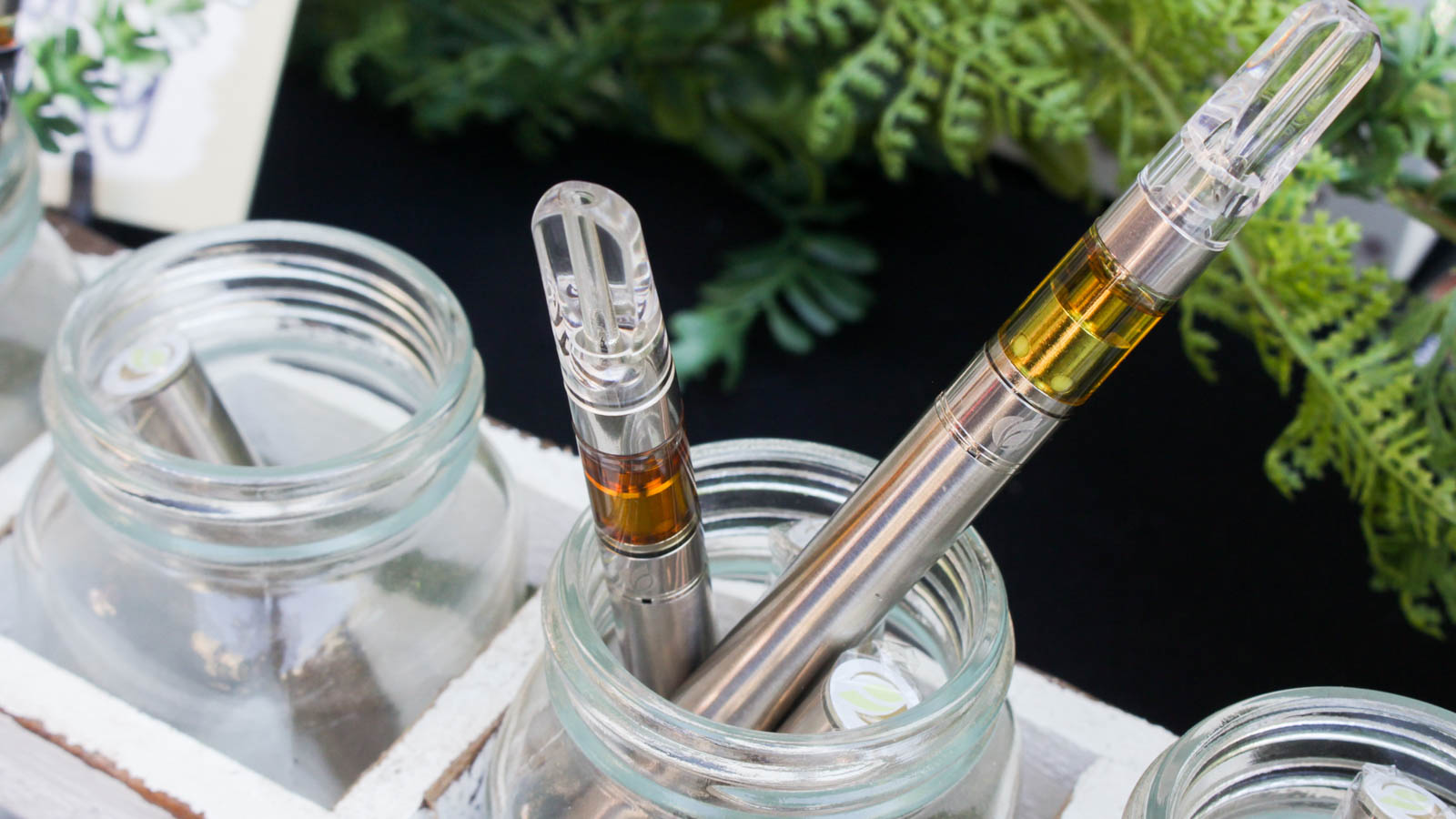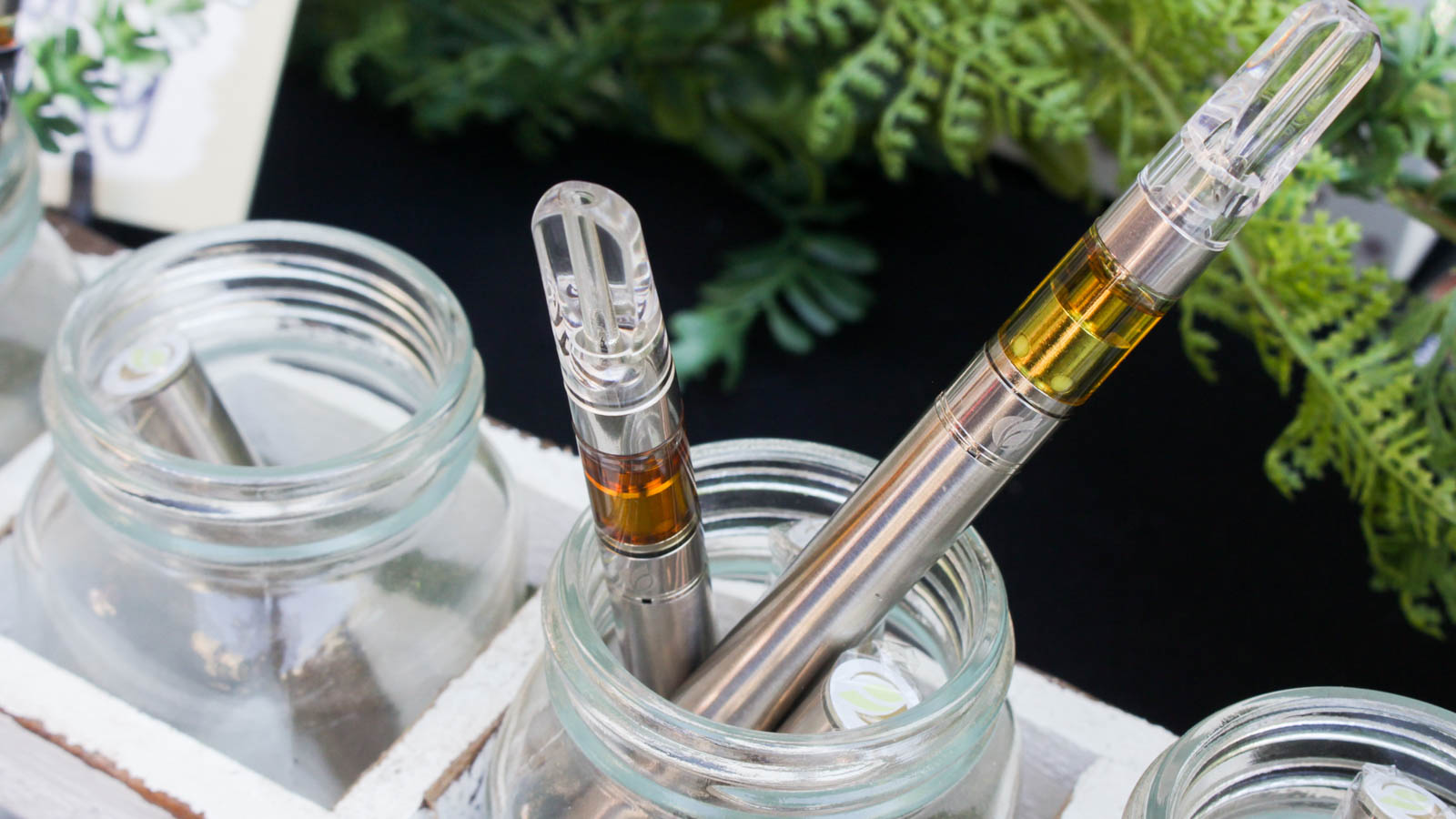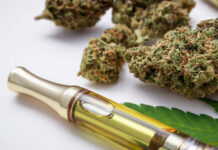
There are several reasons why vape pens have recently emerged as the apple of the recreational cannabis consumer’s eye. A convenient and discreet method of THC consumption, vaporizing is typically perceived as a healthier and less harmful alternative to smoking.
It’s not difficult to see why vape pens are so popular among recreational weed users. They’re simple, suitable for nearly any situation or environment, and most importantly, they get the job done.
A recently conducted focus group suggests that the perceived benefits that promote the use of your trusty vape pen could also increase its overall abuse liability.
The study discovered a range of factors that potentially increase a user’s tendency to overuse cannabis via vaporization, including the discretion and convenience of a vape pen or device, the subjective high, economical efficiency, and the widely perceived harm-reducing and health-promoting effects.
“These qualitative data highlight unique cognitions about marijuana vaping that may substantially increase its abuse liability,” the study concluded.
The study, “Vaporization of Marijuana Among Recreational Users: A Qualitative Study,” published in the Journal of Studies on Alcohol and Drugs in January 2019, was conducted by a group of researchers from Brown University and Rutgers University.
Focus Group Gives Users Something to Focus On
Speaking with 31 frequent marijuana users who were split up into five groups of six to seven people each, the researchers steered the conversation toward three topics, including the differences between smoking and vaporizing cannabis and the perceived advantages and disadvantages of vaping cannabis.
Each of the five focus groups lasted about 60 minutes. They were all recorded and transcribed in order to create a summary of the key themes that were pulled from the conversations.
The research team noticed several common themes from the discussion with the focus group, ultimately leading them to the conclusion that the positive factors that promote the use of vaporization could also potentially increase the user’s chance of abusing cannabis.
“Quantitative research is needed to examine the extent to which cognitions about marijuana vaporization contribute to actual use patterns and problematic behaviors,” the study concluded.
The overall scope of this qualitative study is limited. One point that is not addressed is the difference in pharmacological effects that vaporizing offers compared with traditional smoking methods. What the research also fails to touch upon is how the onset time, overall character of the high, and duration of the high factor into the user’s tendency to vape. Vaping cannabis through a pen generally provides a different high. The initial impact and overall duration of vaporizing cannabis will not be the same as those that come from smoking methods.
There were other critical considerations not mentioned in the research group’s findings. For instance, users may be consuming more distillate from a vape pen because its vape oil lacks the other cannabinoids that help kickstart the entourage effect. Because of this, vaporizing THC-heavy distillate may not give users the same quality of high that other methods offer.
When smoking flower, hundreds of compounds are available, while THC-rich vape oil contains a limited amount. Some may prefer isolated compounds or a manipulated ratio of cannabinoids and terpenes, which makes it possible to consume distillate that has a 1:1 THC:CBD ratio, for instance.
What Does This Research Tell Us?
While the study concluded that more measured research is required, the findings still serve as a reminder of how the consumption of recreational cannabis has evolved through vaporization. As portable vape pens and cannabis oil provide users with a new level of discretion and convenience, it’s safe to assume that cannabis intake has increased for some users.
The perceived health benefits of using a vape pen for cannabis instead of smoking it could also lead recreational cannabis users to consume too much vape oil. Although it’s commonly accepted that vaporizing is likely less harmful than smoking, the long-term effects of cutting agents that are commonly used in vape oil cartridges are still widely unknown.
In a 2017 study published in the Journal of Alternative and Complementary Medicine, entitled “Carbonyl Compounds Produced by Vaporizing Cannabis Oil Thinning Agents,” researchers discovered high levels of formaldehyde production in PEG 400 and PG, two cutting agents commonly used in cannabis vape oil.
There are other factors mentioned in the study that promote vaporization of cannabis, such as the subjective high and relatively low price. And, judging by the recent state of the recreational cannabis market, these factors seem to have enticed many users to make vaping their main method of consumption.
The recreational market has recently seen a heavy uptick in THC-heavy vape oil products from various brands. According to market research from BDS Analytics, vape oil makes up a hefty share of the extraction and concentrate market in states with recreational cannabis.
In Colorado, Washington, and Oregon, vape oil products commanded 86 percent of the market in 2018, while also taking up 71 percent of the concentrate sales in California. By 2022, the sales of concentrate are estimated to reach $8.4 billion, approaching the $8.5 billion that flower is forecasted to bring in during that year.
As vape pens swiftly become a go-to method of recreational cannabis consumption, more quantitative research could be beneficial in deciphering the actual benefits of vaporizing, along with potential pitfalls like abuse liability.











